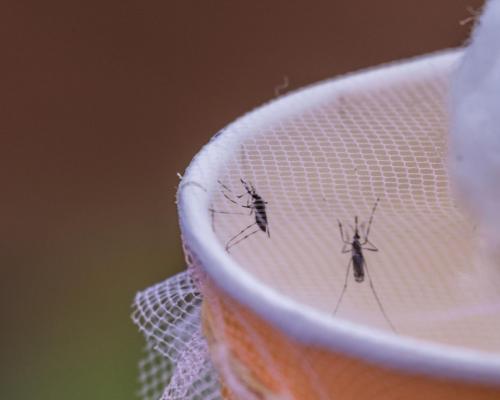
Dar es Salaam – Malaria is an abiding threat to Amina Yusuf Mkwanywe, a resident of Ikwiriri in Tanzania’s southern Rufiji district. “I really have to be vigilant all the time to be free of malaria,” she says.
Set in the lower reaches of Rufiji River Basin, Ikwiriri’s shrubby plains and wetlands provide conducive breeding grounds for mosquitoes for much of the year. Rufiji district is one of Tanzania’s malaria hotspots. Infection rate in 2017 was 14% – almost double the 7.3% national average, according to the National Bureau of Statistic’s Malaria Indicator Survey.
The government is now pressing on with the second phase of a malaria control project after an initial phase cut infection rate in southern Tanzania region – that includes Rufiji district – to 4.9% from 25% between April 2015 and June 2018. The second phase began in July 2019 and ends in June 2021.
Mkwanywe and her community are beneficiaries of the community-based “Test and Treat” project. Unlike the fixed-post strategy that relies on patients turning up at health facilities for testing and treatment, this new approach involves health workers reaching out to identified malaria hotspots to test and treat people on the ground. The hotspots visited are identified using real-time data on malaria infection rates.
Due to huge geographical variance in malaria prevalence, Tanzania is taking differentiated control strategies. “We are dealing with infection rates ranging from 3% to 14% [nationwide] therefore we need targeted approaches,” says Dr Ally Mohamed, the National Malaria Control Programme Manager.
The National Malaria Control Programme has divided the country into small units where different combinations of interventions are used to accelerate malaria elimination. On one hand, areas with very low risk, measures are taken on a case-by-case basis depending on malaria surveillance outcome. On the other hand, areas with high malaria transmission risk such as southern Tanzania are getting intensified surveillance, curative, preventive and control interventions to reduce the disease burden
The stratification of malaria burden in the country and tailoring of the response has been made possible by using malaria infection rate data taken weekly from the routine health management information system at health facilities along with vector surveillance results.
In the project area, a team of malaria testers visits the locations registering high malaria infections to test asymptomatic and symptomatic patients, with those found positive put on treatment. “This project has contributed to the low rates of malaria transmission in Rufiji district,” says Dr Ali Zuberi Mbikilwa, Rufiji District Medical Officer.
Since being launched, Rufiji residents say they are experiencing fewer infections. “Whenever malaria testing is ongoing in our village, I take my children for testing. No one has fallen ill with malaria since I started testing frequently,” Mkwanywe says.
“I used to miss classes for three to five days whenever I had malaria. Nowadays I get checked whenever the testing teams come around. I don’t miss school because of malaria,” says 12-year-old Salha Omari Mpili.
Public health education campaigns are also being carried out through events such as football derbies where people are advised on how to curb infections by properly using long lasting insecticide treated nets and seeking prompt and proper malaria treatment.
The project is currently demonstrational, but it is to be rolled out nationally once validated. “The results of this project will determine the usefulness of the approach and therefore its potential for replication in other communities with high infections,” says Dr Tigest Mengestu, the World Health Organization representative in Tanzania. The Organization is charged with providing technical evaluation of the project.
The case-study project is co-funded by the Bill and Melinda Gates Foundation and the Chinese government and implemented by Ifakara Health Institute, a Tanzanian government agency, and the National Malaria Control Programme.









Comments